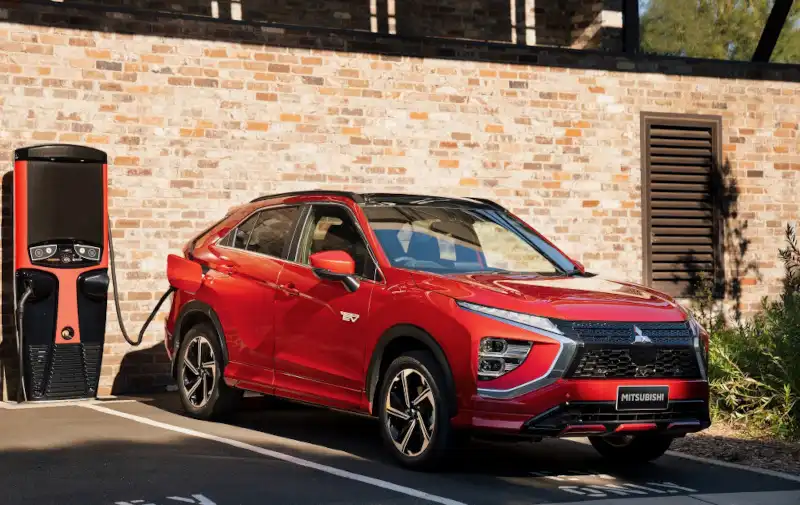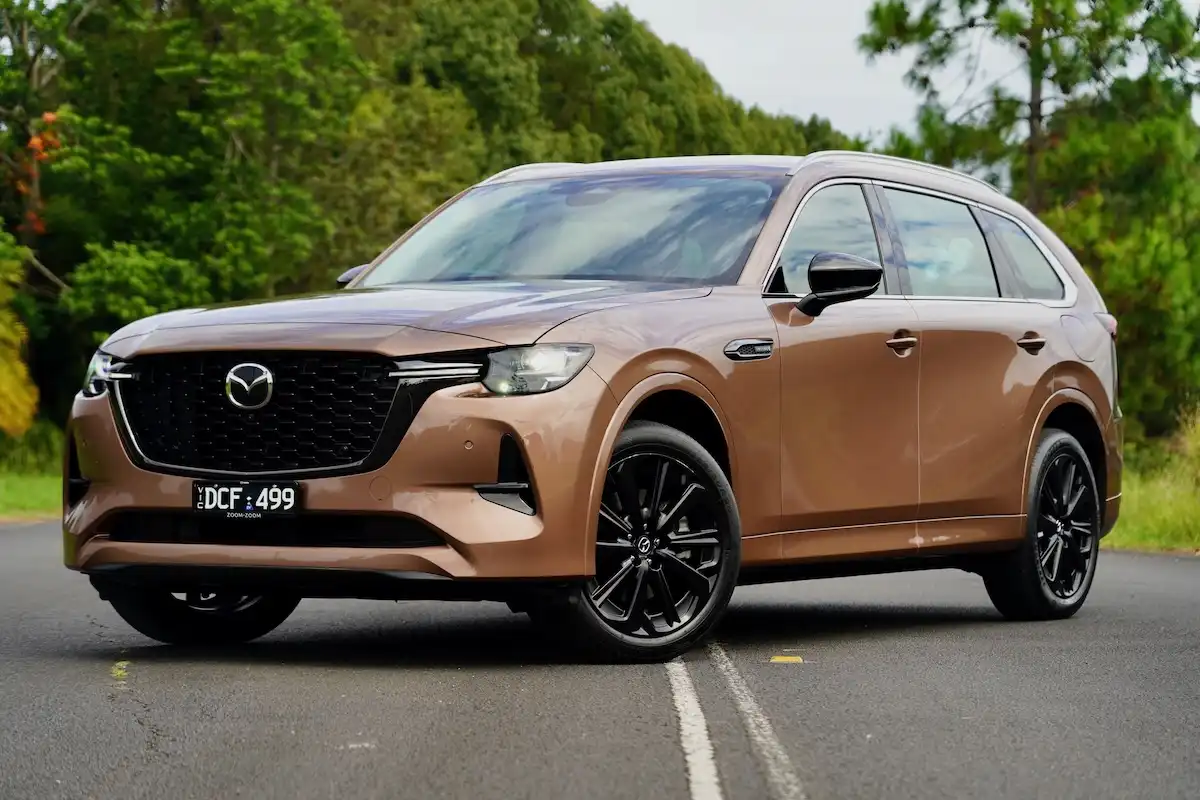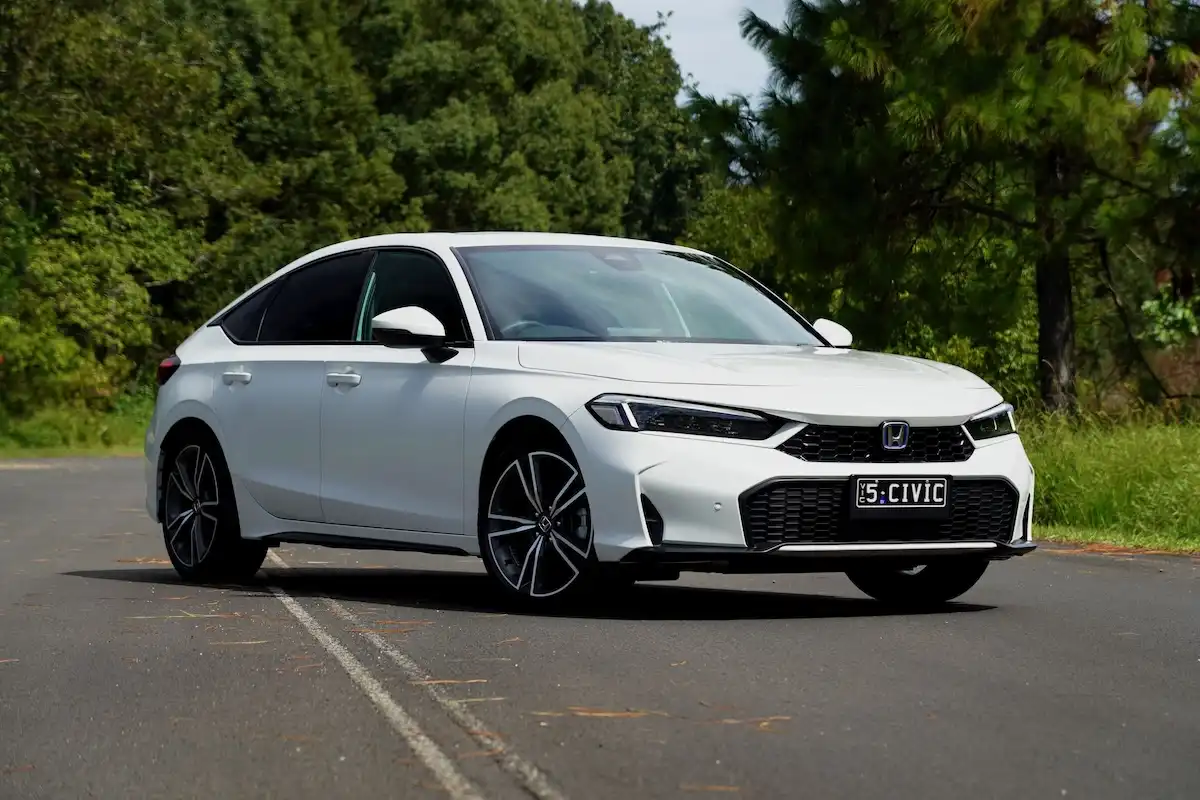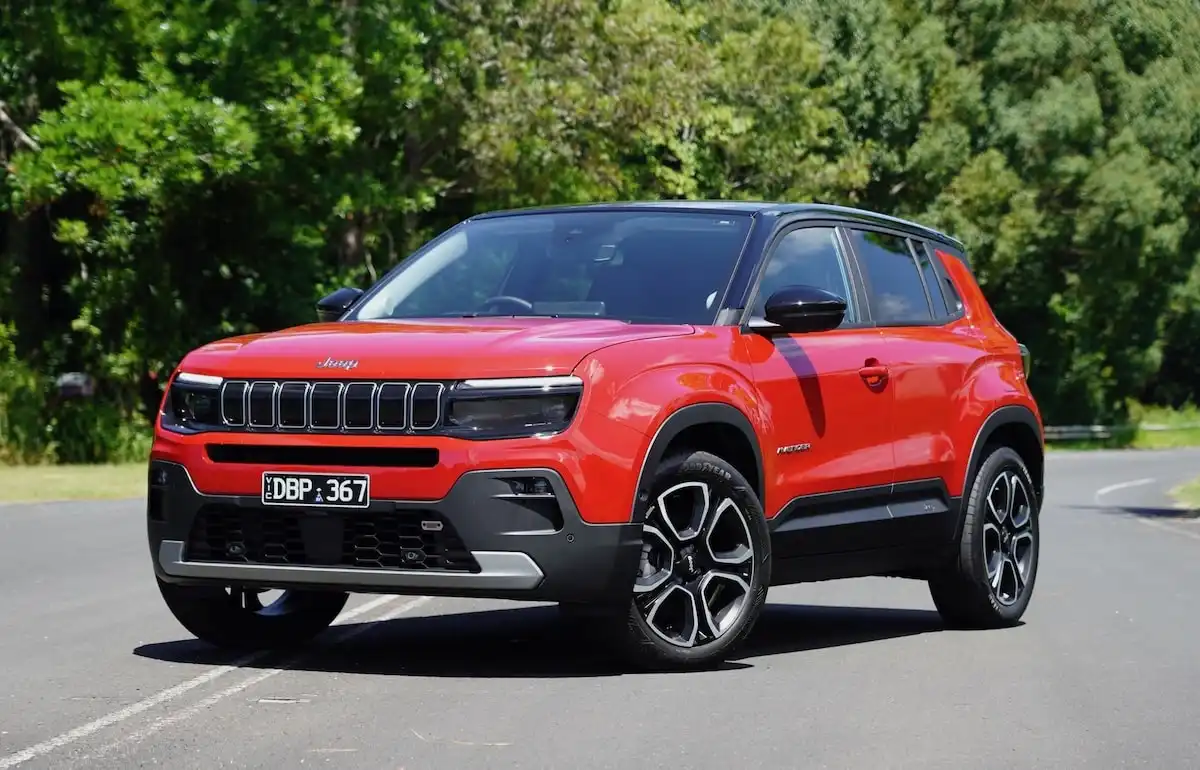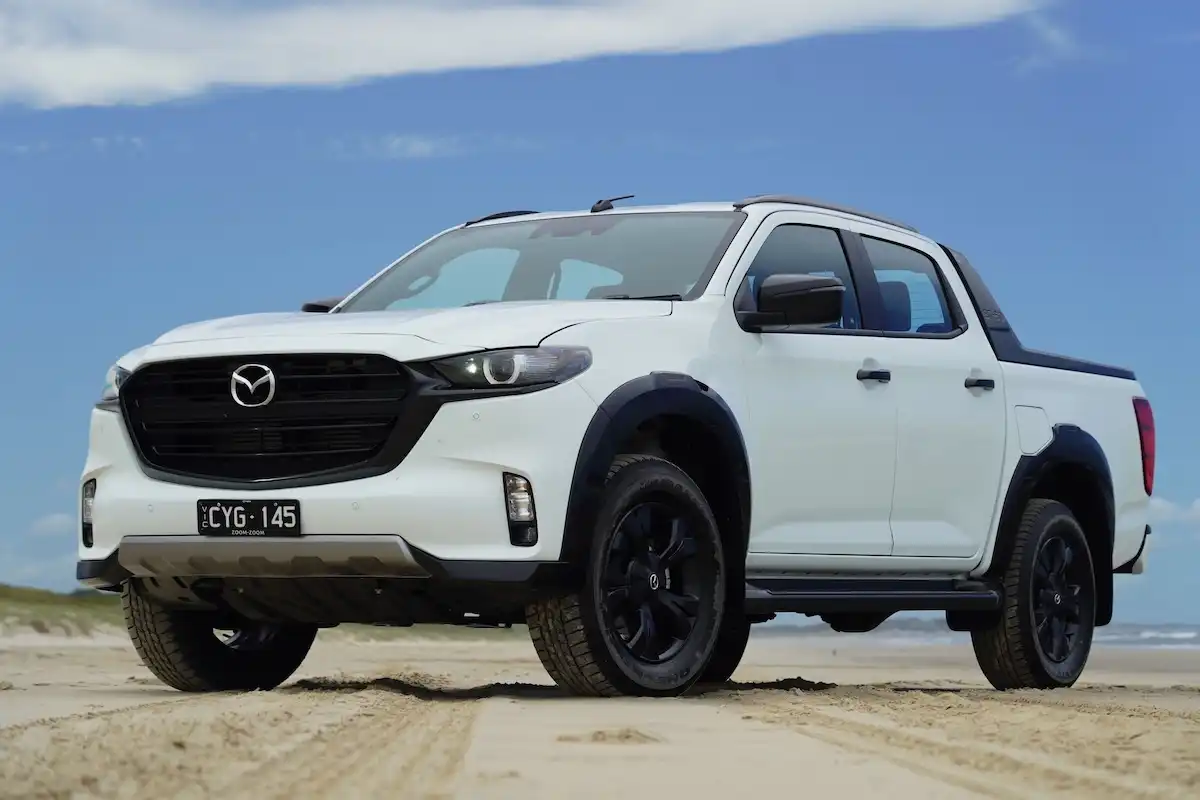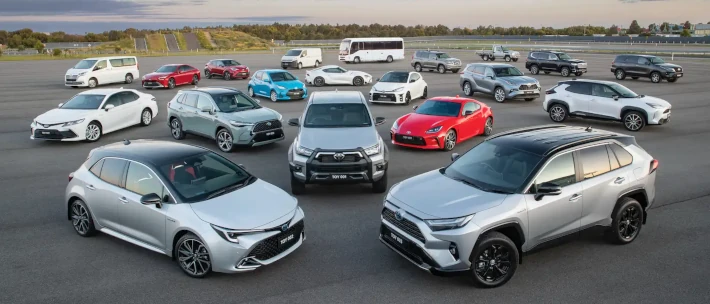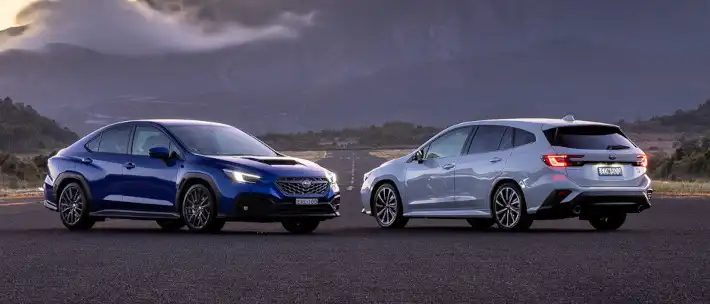With a seemingly endless number of car options within the compact SUV segment, the Mitsubishi Eclipse Cross is hoping to win over buyers with a healthy value-for-money proposition, a refreshed styling package, and a plug-in hybrid range-topper.
Just how good is the latest Mitsubishi Eclipse Cross then, how does it stack up as a charming and practical compact SUV, and how does the package compare to its rivals? Let’s find out.
Starting Price: $31,490
OnlineAuto Savings: Enquire now
How Much Does It Cost?
The Mitsubishi Eclipse Cross range is available in five trim levels, with both front- and all-wheel drive platforms on offer, and a plug-in hybrid flagship.
The entry-level Eclipse Cross ES FWD is priced at $31,490, while the base model ES plug-in hybrid (PHEV) is priced at $46,990.
Stepping up to the Eclipse Cross LS FWD brings the price to $33,490, while the all-wheel drive variant is priced at $35,990. The Eclipse Cross Aspire is priced at $36,240 while the Aspire PHEV is priced at $50,490.
Finally, the range-topping Eclipse Cross Exceed AWD variant receives a price tag of $41,990, while the flagship Exceed PHEV is priced at $54,490.
How Much Can OnlineAuto Save You?
You could save money by getting one of OnlineAuto’s car buying agents to assist you in finding the greatest value model for you.
What Features Does the Mitsubishi Eclipse Cross Have?
Mitsubishi’s entry-level Eclipse Cross ES comes riding on a set of 18-inch alloys, and receives LED daytime running lamps, cruise control, a rearview camera, paddle shifters, an 8.0-inch infotainment system with Apple CarPlay, Android Auto and DAB+ radio which is paired with a four-speaker sound system.
The entry-level Eclipse Cross ES PHEV gains keyless entry, a leather steering wheel, and lane departure warnings.
Stepping up to the Eclipse Cross LS adds a set of automatic headlights, LED fog lights, rear parking sensors, and an upgraded sound system, while the Aspire gains adaptive cruise control, a surround-view camera, heated front seats, LED headlights, leatherette/microsuede upholstery and some added safety equipment.
Opting for the range-topping Eclipse Cross Exceed adds a panoramic sunroof, leather upholstery with heated rear seats, head-up display, LED headlights, heated steering wheel, and satellite navigation for the infotainment system.

Range Features:
-
18-inch alloys
-
LED daytime running lamps
-
Rearview camera
-
Cruise control
-
8.0-inch infotainment system with Apple CarPlay & Android Auto
-
LED fog lights (LS)
-
Rear parking sensors (LS)
-
Adaptive cruise control (Aspire)
-
Heated front seats (Aspire)
-
Surround-view camera (Aspire)
-
Leatherette/microsuede upholstery (Aspire)
-
Panoramic sunroof (Exceed)
-
Leather upholstery with heated rear seats (Exceed)
-
LED headlights (Exceed)
Mitsubishi Eclipse Cross Colours
The Mitsubishi Eclipse Cross is available in a choice of seven colours, including Solid White, White Diamond, Titanium, Black, Lightning Blue, Red Diamond and Sterling Silver.
Is it Comfortable to Drive?
One of the most important requirements of a small SUV is that it is comfortable and user-friendly to drive around town, making for an approachable and relaxing urban commuter.
In that sense, the Mitsubishi Eclipse Cross is a solid performer, offering a super comfortable ride quality on a mix of Australian roads that makes for an effortless daily driver.
Power for the majority of the range comes supplied by a 1.5-litre turbocharged four-cylinder petrol engine pushing out 110kW of power and 250Nm of torque, which is channelled to the wheels via a smooth CVT automatic.
The Eclipse Cross is available in both front- and all-wheel-drive platforms, with the FWD variant perfectly suited to the urban environment, while the AWD variant adds some confidence-inspiring stability.
Upgrading to the plug-in hybrid (PHEV) Eclipse Cross introduces a 2.4-litre four-cylinder petrol engine, two electric motors and a 13.8kWh lithium-ion battery pack into the mix, which adds some character thanks to the instant acceleration from the e-motors.
Around town, the PHEV picks up speed without much hesitation with the batteries charged, and offers a quiet, comfortable and surprisingly sophisticated plug-in hybrid package in a compact SUV platform.
All up, the package is comfortable to drive thanks to the supportive suspension hardware and smooth transmission. While the base petrol model might feel a little uninspiring, the PHEV adds a great mix of power and instant torque to the mix.
Is it Practical and Spacious?
While it might be classified as a small SUV, the Eclipse Cross bridges the gap between Mitsubishi’s pint-sized ASX SUV and the significantly larger Outlander, which means there’s a decent amount of space on offer.
Even in the base model, the front of the Eclipse Cross’ cabin features a stylish cockpit design that doesn’t necessarily feel like you’re driving the cheapest member of the family.
Up front, there’s a heap of headroom and space to stretch out and get comfortable, with a large central tunnel housing a pair of cupholders, storage inside the folding armrest and another storage tray behind the gear lever that is perfect for eating up phones and loose items.
Move to the rear of the cabin and you’ll find a comfortable benchseat and more than enough legroom on offer to accommodate adults, which is difficult to find in the compact SUV segment.
There’s a pair of ISOFIX anchors to accommodate child seats and a set of top tether mounts means you can install both forward and rear-facing seats in the second row of the cabin.
The only downside of the Eclipse Cross’ stylish design is that the sloping roofline eats up some of the headroom potential in the cabin, however, this is only noticeable for tall adults and won’t prove much of a problem for kids and teenagers.
Finally, the boot of the petrol-powered Eclipse Cross measures in at 405L which is pretty impressive for the small SUV segment, while boot space figures for the plug-in hybrid (PHEV) drop to 359L as it has to accommodate an electric motor over the rear axle.

Is it Safe?
The Mitsubishi Eclipse Cross has been awarded ANCAP’s maximum five-star rating, scoring 97% for adult protection, 78% for child protection, 80% for pedestrian protection and 58% for its safety assist technologies.
As standard, the entry-level model gains autonomous emergency braking with forward-collision warnings, while the LS gains lane departure warnings and the Aspire & Exceed pick up blind-spot monitoring and rear cross-traffic alerts.
Is it Fuel Efficient?
Fuel efficiency in the Eclipse Cross range depends if you’re opting for the standard petrol or the plug-in hybrid (PHEV) model.
The standard car in a front-wheel drive layout is rated at 7.3L/100km on a combined cycle, which rises to 7.7L/100km in the AWD variant.
Opting for the Eclipse Cross PHEV brings fuel economy figures to just 1.9L/100km with a charged battery pack, making it one of the most fuel-efficient small SUVs you’ll find in Australia.
Our Verdict: Is the Mitsubishi Eclipse Cross Worth it?
The Mitsubishi Eclipse Cross confidently ticks all the important boxes that buyers demand from their small SUV package, and with a number of model variants and even engine options, there’s a healthy amount of variety for buyers.
If you’re looking for an affordable and comfortable package, the entry-level Eclipse Cross is a great option, while higher grades add a healthy amount of premium features into the mix and the PHEV has budget and fuel-conscious buyers covered.
As a result, we highly recommend adding the Eclipse Cross to your shortlist of compact SUVs, and on that note, if you’re in the market for a new car, you can get a free quote and see how much OnlineAuto can save you on your next car, or call us on 1300 719 925
Five Specs You Need to Know
-
10-year/200,000 KM warranty
-
Five-star ANCAP safety rating
-
12-month/15,000km service intervals
-
Fuel economy figures between 1.9L - 7.9L/100km
-
Boot space of 405L drops to 359L in the PHEV variant
Pros
-
Class-leading ownership program
-
Impressive legroom in the second row
-
Great variety for different needs and budgets
Cons
-
Key safety equipment missing in the base model
-
Sloping roofline eats into second-row headroom
OnlineAuto Rating: 8/10

Mitsubishi Eclipse Cross Competition
Mitsubishi Eclipse Cross |
VS |
MG HS |
| Hyundai Kona | ||
| Toyota C-HR | ||
| Honda HR-V | ||
| Ford Escape | ||
| Kia Niro PHEV | ||
| Toyota RAV4 | ||
| Mazda CX-5 | ||
| Nissan Juke |
